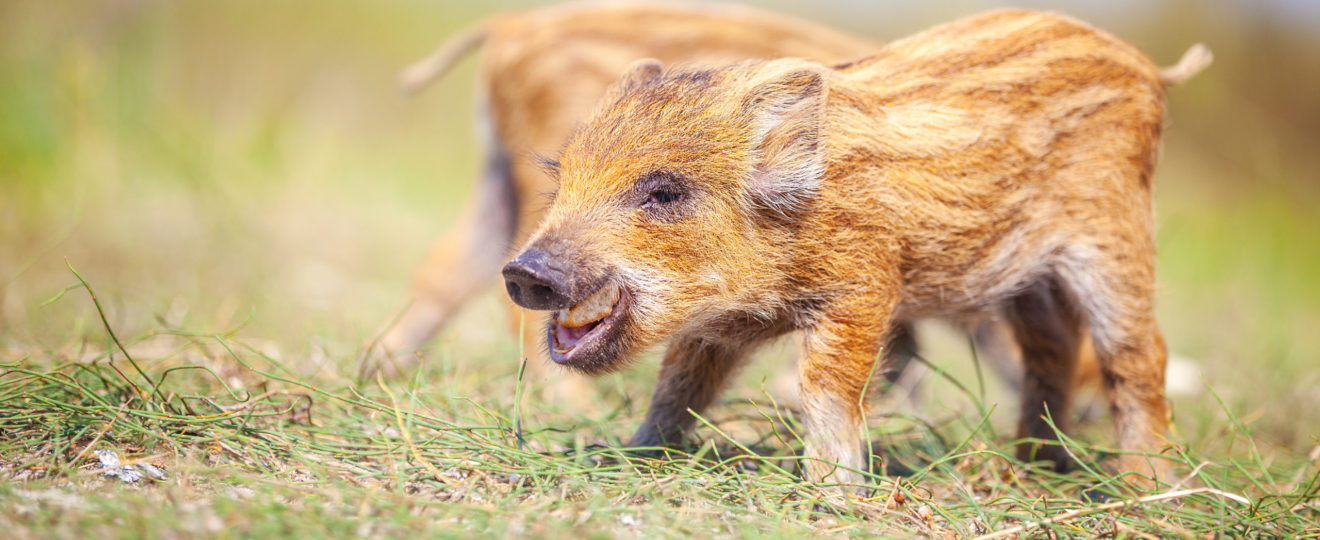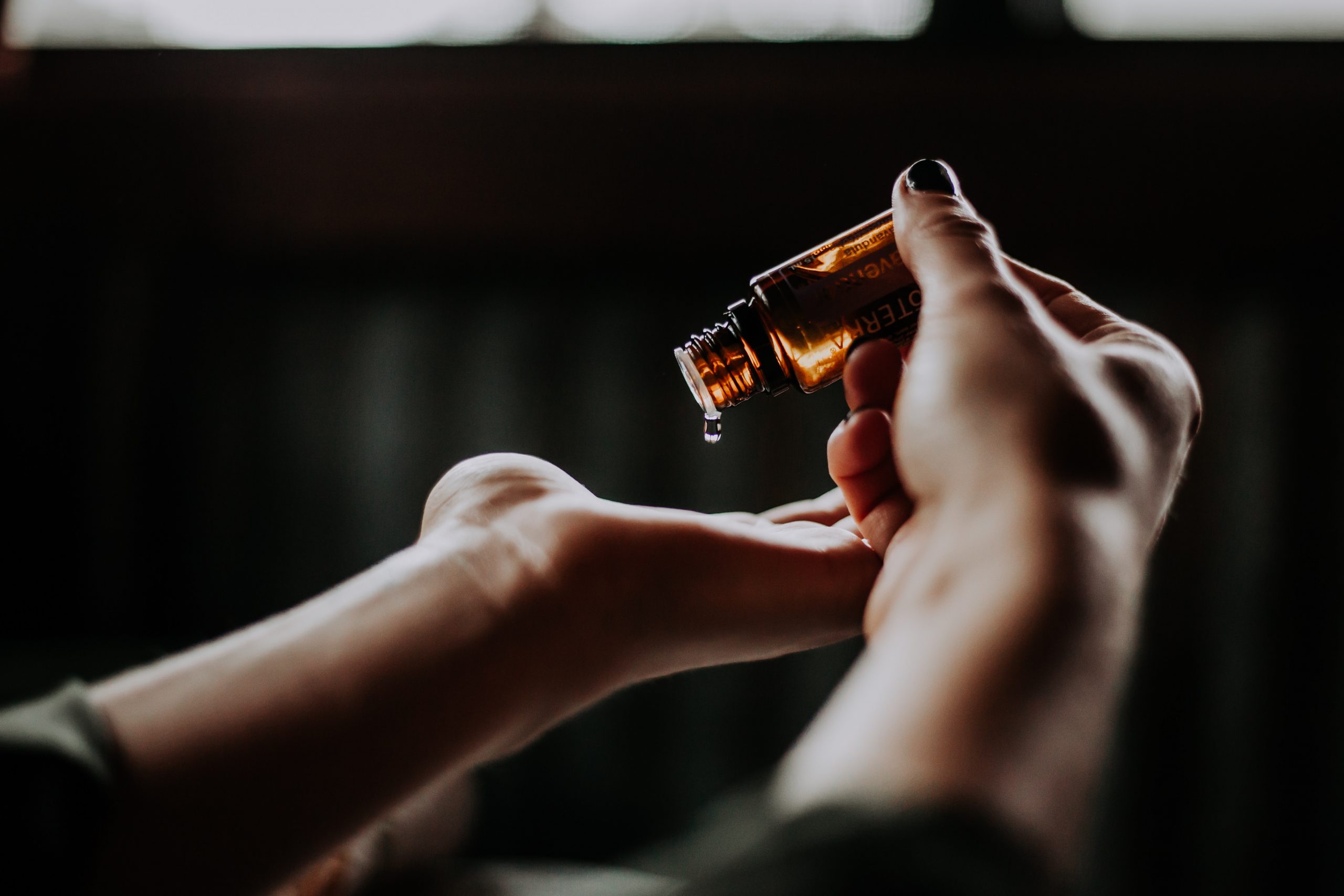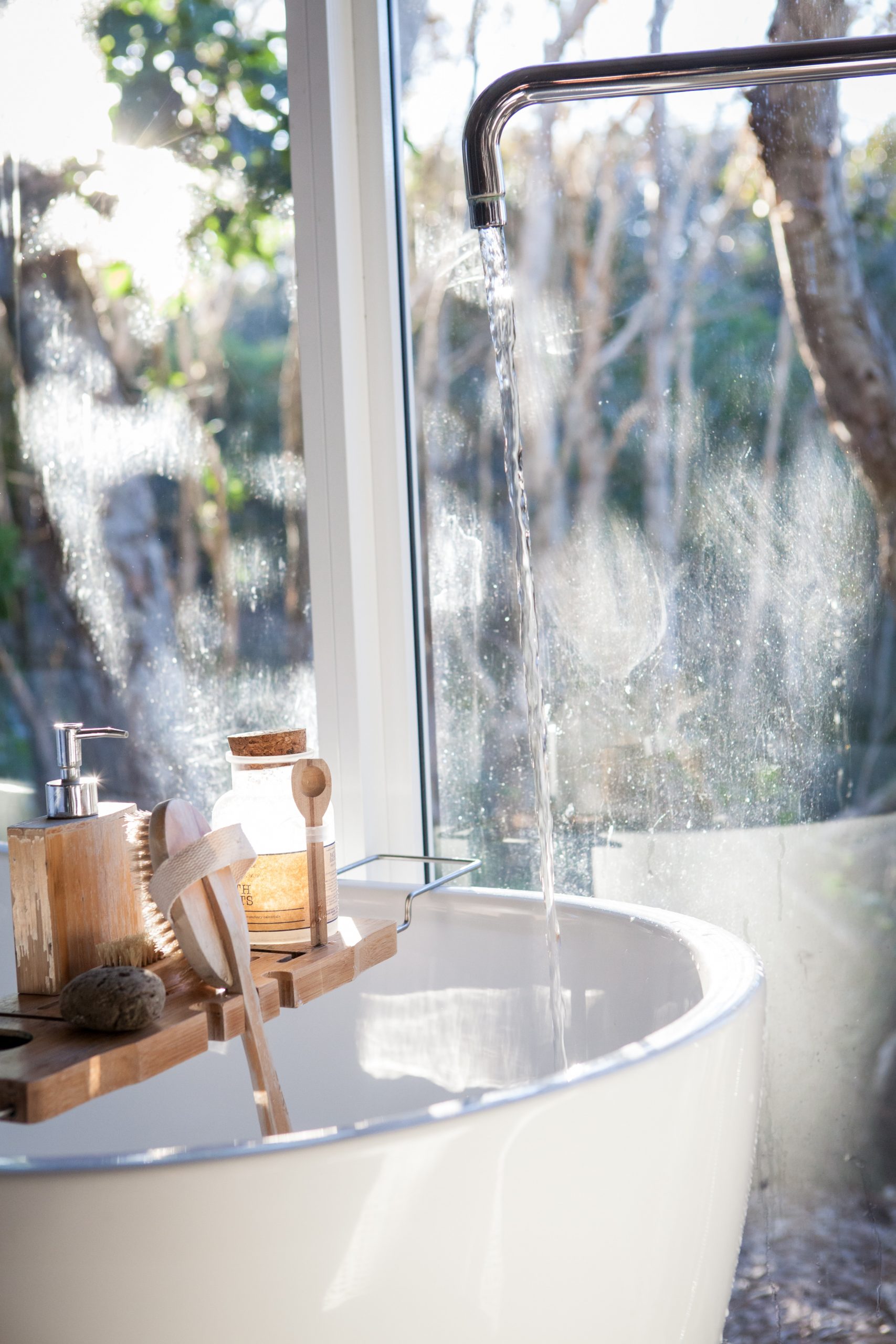It is a common sight to drive around Texas and see fields cratered with holes up to five feet wide and three feet deep. You might also notice that the roots below large oak trees shading a creek are dug out and exposed. Grass has been trampled into paths, and tree saplings crowd out other trees that provide food for deer and other wildlife. So, what has happened to these properties? These are all hallmark signs of feral hog damage.
The first pigs were introduced into the United States by explorer Hernando de Soto in the 1500s. Domestic pigs were often carried as a sustainable, low-maintenance source of food. Unfortunately, these pigs were left behind by traveling expeditions and established the first population of feral hogs in North America. From the early 1980s through the 2000s, the wild pig population has exploded to over 6 million animals across 39 states. It is estimated that there are over 2 million wild hogs in Texas alone. Their population grows rapidly due to a high reproduction rate, general diet, and lack of natural predators. Wild hogs are among some of the most destructive invasive animals in the United States.
Feral hogs erode the soil, muddy streams and other water sources, and cause damage to fields and other property. They can also kill livestock and other wildlife. In urban areas, feral hogs are also causing problems in city parks, golf courses, and athletic fields across many places in Texas. As a result, landowners and the state of Texas have sought ways to control and reduce the wild pig population. Wild hog control has become necessary to protect property and prevent the spread of this invasive species. Let’s take a look at a few reasons you might need to contact Texas wild hog control.
1. Property Damage

Wild pigs are among the most destructive invasive species in the world. In other areas outside of the United States, natural predators can help reduce the population of feral pigs by as much as 25 percent. In places like Texas, however, wild hogs don’t have many natural predators aside from humans. As a result, populations have exploded. This has led to millions of dollars in property damage from ranchers and landowners. Most damage is caused by rooting, direct consumption of plants and animals, and water contamination. Experts estimate that one wild hog can cause $1,000 in property damage. If your property is being overrun and damaged by hogs, you might consider contacting wild hog control. In many instances, you can eliminate entire packs of feral pigs causing damage.
2. Disease
Wild hogs can carry and spread numerous bacterial, fungal, and viral diseases that can threaten humans, livestock, and wildlife. Disease transmission from hogs to humans is a real concern, and the threat is elevated as hogs contaminate drinking water supplies. Aside from humans, however, the threat to livestock is even greater, as some diseases can spread through herds and devastate an entire ranch. Wild hog control might be necessary to reduce the risk of disease spread and transmission.
3. Population Control

As discussed, the wild pig population in Texas is out of control. Experts estimate that 75 percent of the entire population must be destroyed each year to maintain the current level today. A larger percentage would need to be taken care of to reduce the population. Control methods and hunting most effectively address the hog problem in Texas. To help control the population and protect ecosystems and farms, it might become necessary to contact wild hog control.
Wild hog populations in the United States and Texas can cause irreversible ecological damage and have significant economic impacts. Population models indicate that hog control is the only way to stem the growth of this invasive species.








